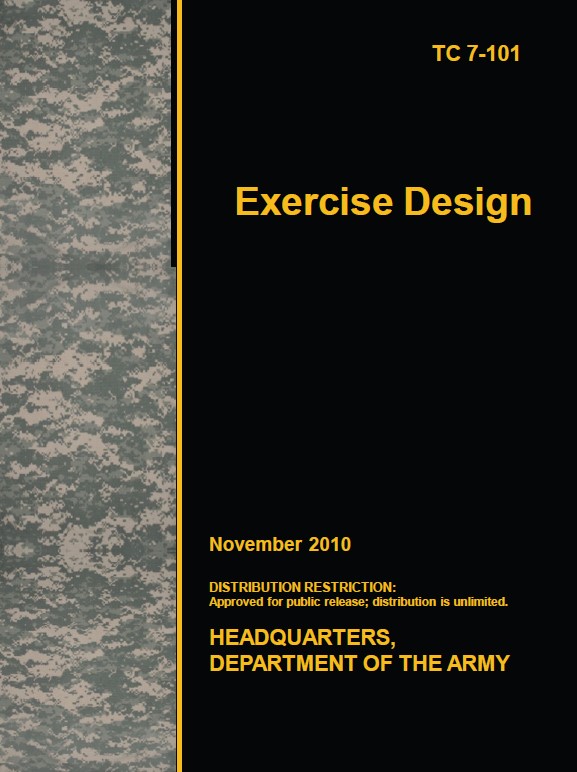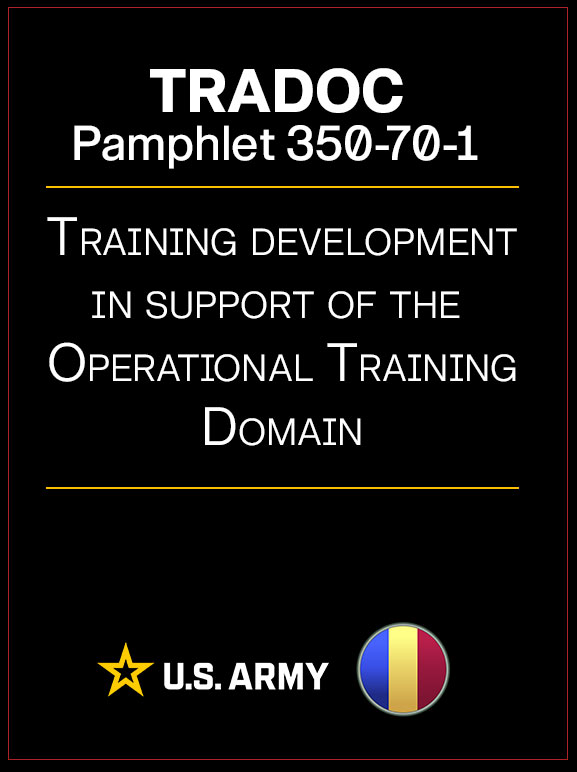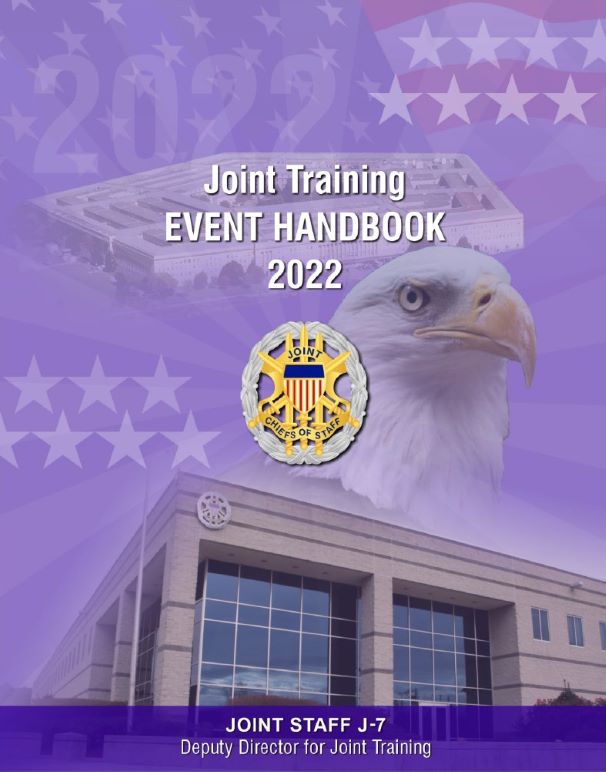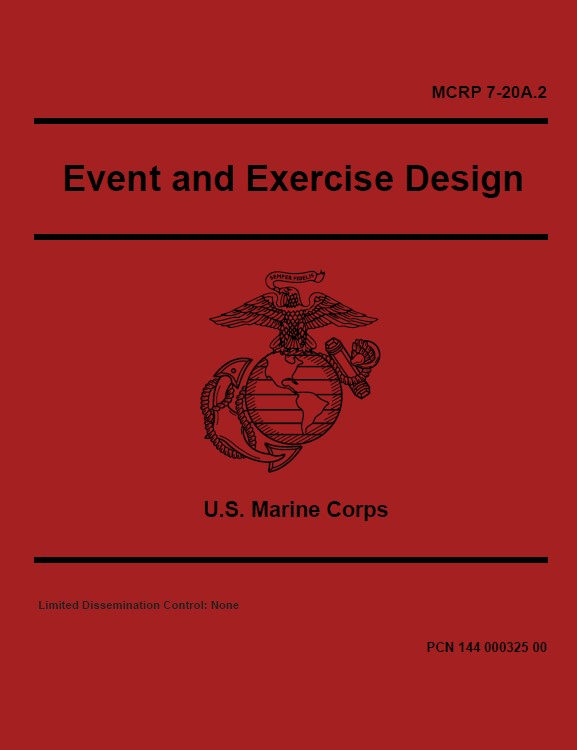OE-OPFOR
TRAINING SUPPORT
WHAT IS OE-OPFOR TRAINING SUPPORT?
Leads the delivery of the OE on behalf of Army Leader Development Training and Education (LDT&E) across LVC environments; assists Centers of Excellence and Separate Schools develop OE compliant programs of instruction and lesson plans; maintain OE and scenario data for reuse across the Army.
Learn About OE-OPFOR TRAINING SUPPORT:
Training is a structured process designed to increase the capability of individuals or units to perform specified tasks or skills in known situations. (Department of Defense Instruction 1400.25–V410, AR 350-1). Training can be designed as Events or Exercises.
events
Training events are significant training occurrences that are identified, planned, and utilized as components of a unit's training plan.
exercises
Training exercises are military maneuvers or simulated wartime operations conducted by military units for the purpose of demonstrating and evaluating Knowledge Skills Attributes (KSA).
Learn About SCENARIO DEVELOPMENT:
One thing is common to every event or exercise. Each is tied together with a scenario, usually consisting of an Operational Environment (OE) with threat, road-to-war (RTW), and supporting documents and processes.
SCENARIO DEVELOPMENT PRINCIPLES
Scenario development involves creating a detailed and realistic set of conditions, circumstances, and influences, also known as the operational environment, that Soldiers may encounter during a training exercise. The main principles of Scenario Development are:
CREATE
Create outcomes that achieve specified training and readiness objectives.
INTERACT
Interact with exercise planners.
UNDERSTAND
The operations, intelligence and decision-making processes.
LEARN
How the training audience will interact with the operational environment.
SCENARIO DEVELOPMENT PROCESS
The Analysis, Design, Develop, Implement, and Evaluate (ADDIE) model is an instructional design tool utilized by a variety of training professionals to create, organize, and streamline effective learning and development programs.
This instructional model is the same deliberate 5-step approach in developing scenarios to support training events or training exercises.
ANALYSIS
The analysis phase serves as the foundation for scenario development, enabling leaders to identify the necessary components such as goals, objectives, and performance standards. By defining training needs and parameters, analysis ensures that scenarios are tailored to the specific requirements of the event or exercise, making the training relevant and effective for participants.
DESIGN
During the design phase, planners conceptualize the execution of the event or exercise by envisioning relevant problems and anticipating corresponding actions and reactions. This requires an advanced understanding of operational processes, training and readiness events, and stimulation techniques to construct scenarios, sequence actions, and identify potential shortfalls or gaps in the training.
DEVELOP
In the develop phase, the scenario is crafted to present problems, tasks, and decisions to the training audience, aiming to achieve specific training outcomes within the established operational environment. This phase involves defining the operational environment, deciding on its fidelity, and determining whether it will be based on an actual or composite Decisive Action Training Environment (DATE) depending on the mission type.
IMPLEMENT
The implement phase transitions from planning to execution, putting training plans into action and conducting events or exercises according to the schedule. This involves providing training to participants, evaluating performance, and executing various types of training activities such as staff exercises, unit exercises, and drills.
EVALUATE
The evaluate phase determines the quality of learning resources and how well they accomplished exercise/event goals. It is the quality control mechanism for learning and learning product development.
FURTHER UNDERSTANDING & LEARNING:
For further understanding of training and learning, access resources like TC 7-101 Exercise Design and the Joint Training Event Handbook as useful guides exercise planners and scenario developers can use to produce effective training events for commanders and staffs.
Training Development in Support of the Operational Training Domain offers guidance and examples for creating unit training products, including combined arms training strategies, warfighter training support packages, collective and individual tasks, drills, and Soldier Training Publications.
Marine Corps Reference Publication (MCRP) 7-20A.2, Event and Exercise Design, offers guidance for Marine leaders and trainers on creating standards-based unit training events and exercises, reinforcing the Systems Approach to Training and Education, and complementing roles and responsibilities in unit training management.
Engage with OE-opfor TRAINING SUPPORT:

Questions or seeking further information? Reach out to T2COM G2 OE OPFOR Training Support.






